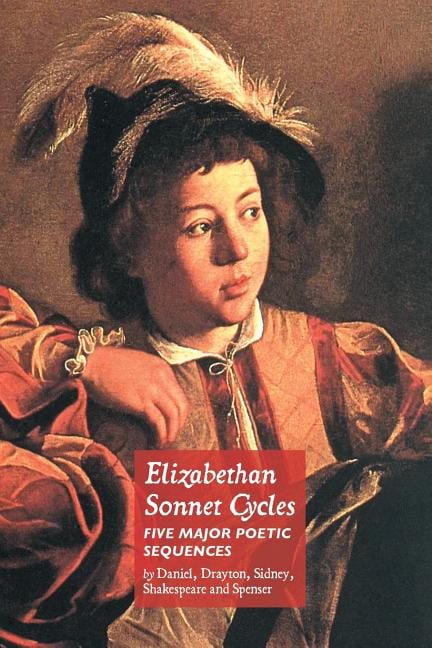
If you've ever had a crush on someone, fallen head-over-heels for a girl, or felt a warm fuzzy affection for a guy, then you've probably wondered how exactly this whole "love" thing works. There's a more specific reason you should care about this poem, too.

Both this poem itself – "How do I love thee?" – and its subject, love, are important parts of the world, stuff everybody else knows about, and you should probably know about it, too. OK, maybe marshmallows don't have too major an impact (unless you're watching Ghostbusters), but you see what we mean. One of them is the same reason that you should care about shoelaces, cell phone towers, the President of the United States, and marshmallows: they're important parts of our world, pretty much everyone knows about them, and they have a major impact on things around you.

But there are a few reasons you should care about this poem. We'll be honest here: sometimes it can be hard to care about a sonnet, especially a really abstract one like this that isn't necessarily about specific people, places, or things. What is How do I love thee? Let me count the ways. Phrases from Barrett Browning's sonnets, especially "How do I love thee?," have entered everyday conversation, becoming standard figures of speech even for people who have never read her poetry. But whatever the original motives behind their composition and presentation, many of the sonnets immediately became famous, establishing Barrett Browning as an important poet through the 19th and 20th centuries. Perhaps the intimate origin of the sonnets is what led Barrett Browning to create an imaginary foreign origin for them. Most critics agree that Barrett Browning wrote the sonnets, not as an abstract literary exercise, but as a personal declaration of love to her husband, Robert Browning (who was also an important Victorian poet). ("My little Portuguese" was actually an affectionate nickname that Elizabeth's husband used for her in private.) The sequence is comprised of 44 sonnets, with "How do I love thee?" appearing in the striking position of number 43, or second-to-last, making it an important part of the climax. The title of the sequence is intentionally misleading Barrett Browning implied to her readers that these were sonnets originally written by someone else in Portuguese and that she had translated them, whereas in reality they were her own original compositions in English. The poem was part of a sonnet sequence called Sonnets from the Portuguese. Prominent Victorian poet Elizabeth Barrett Browning first published the poem in 1850. However, "How do I love thee?" was written centuries after Shakespeare – in fact, it's only been around for a little over 150 years. Because it's so famous, many readers mistakenly attribute the poem to that master sonneteer, William Shakespeare. "How do I love thee? Let me count the ways" is one of the most famous love poems in the English language.
#SONNET SEQUENCES WERE WRITTEN IN LANGUAGE SERIES#
The sonnets were previously viewed as a single sequence, but the scholars believe they were actually a series of individual or interrelated verses representing “some of the most powerfully lyrical, resonant and memorable poems ever written about what it feels like to experience romantic love.How do I love thee? Let me count the ways. To reclaim the term bisexual seems to be quite an original thing to be doing.”Įdmonson and Wells reached their conclusion after carefully rearranging the sonnets into their most likely chronological order and interspersing them with sonnets from Shakespeare’s plays. Some of the sonnets are addressed to a female and others to a male. “It’s become fashionable since the mid-1980s to think of Shakespeare as gay.

“The language of sexuality in some of the sonnets, which are definitely addressed to a male subject, leaves us in no doubt that Shakespeare was bisexual,” Edmonson told t he Telegraph. Most are “open in their direction of desire” – including his most famous “Shall I compare thee to a summer’s day”. They analysed the 182 sonnets Shakespeare wrote from around 1578 onwards and found that, while 10 were written for women, 27 were actually addressed to men. More than 400 years after his death, the legendary playwright’s sexuality remains the subject of much speculation and debate,īut in 2020, professor Sir Stanley Wells and Dr Paul Edmonson announced a discovery they believe will put the age-old question to rest.


 0 kommentar(er)
0 kommentar(er)
